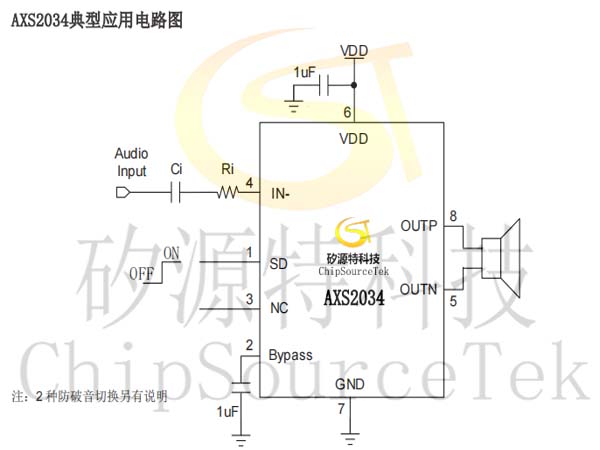What are the advantages of differential wiring in PCB technology
Time:2023-06-19
Views:918
What is differential signal? Simply put, it means that the driver sends two equal and opposite signals, and the receiver compares the difference between these two voltages to determine whether the logical state is "0" or "1". The pair of wires carrying differential signals is called differential wiring.

The most obvious advantages of differential signals compared to ordinary single ended signal wiring are reflected in the following three aspects:
a. Strong anti-interference ability, because the coupling between two differential routing lines is good. When there is external noise interference, it is almost simultaneously coupled to the two lines, while the receiving end only cares about the difference between the two signals, so the external common mode noise can be completely eliminated.
b. It can effectively suppress EMI. Similarly, due to the opposite polarity of two signals, the electromagnetic fields radiated by them can cancel each other out. The closer the coupling, the less electromagnetic energy is released to the outside world.
c. Accurate timing positioning. Due to the switch changes of the differential signal being located at the intersection of two signals, unlike ordinary single ended signals that rely on high and low threshold voltages for judgment, it is less affected by process and temperature, and can reduce timing errors. It is also more suitable for circuits with low amplitude signals. The current popular LVDS (low voltage differential signaling) refers to this small amplitude differential signal technology.

|
Disclaimer: This article is transferred from other platforms and does not represent the views and positions of this site. If there is any infringement or objection, please contact us to delete it. thank you! |











